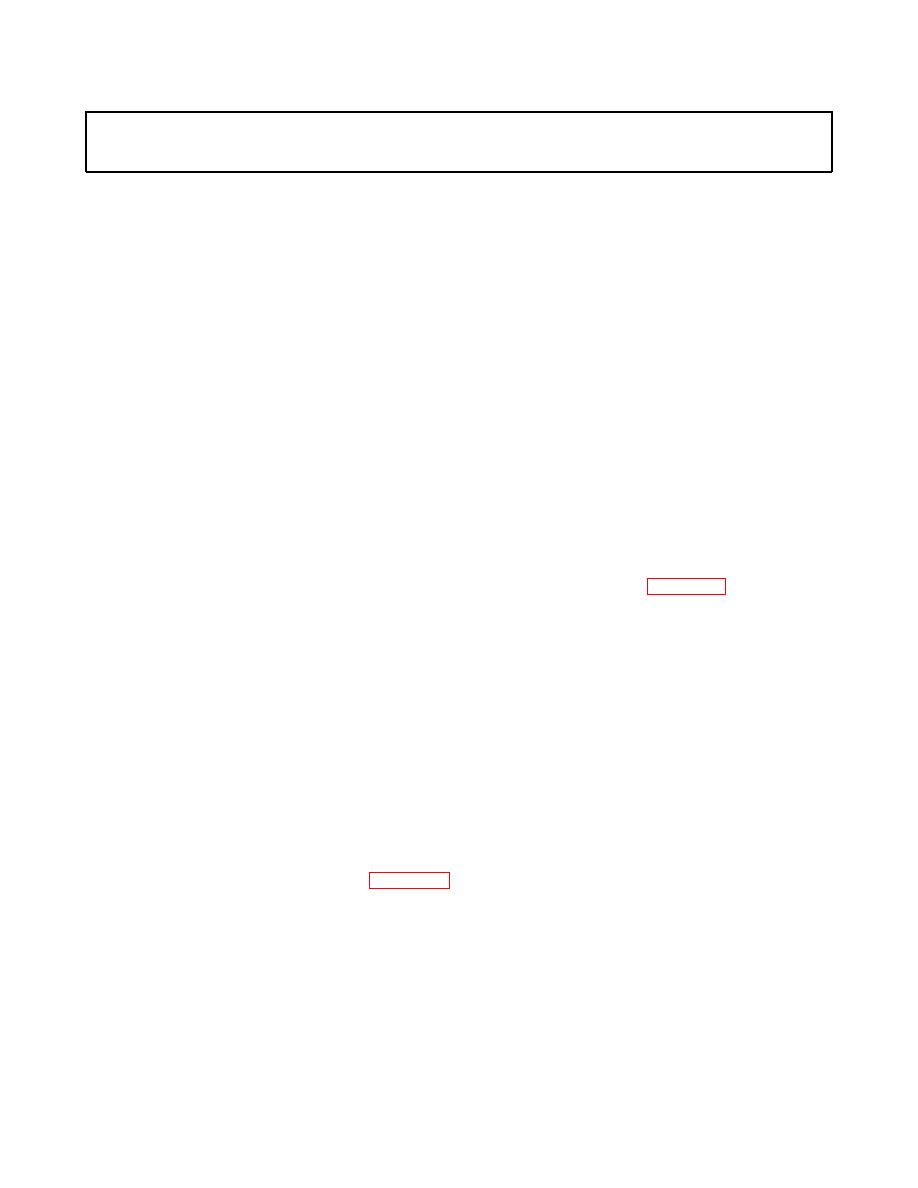
| Tweet |

Custom Search
|
|

|
||
 TM 55-1905-223-24-1
Table 2-2. Troubleshooting-CONT
MALFUNCTION
TEST OR INSPECTION
CORRECTIVE ACTION
26. Main Bearing Noise.
STEP 1.
Check for insufficient oil supply or low oil pressure.
Check oil level. Refer to "Lubricating Oil Pressure Low," Malfunction 6.
STEP 2.
Check for thin or diluted lubricating oil.
Refer to "Coolant in the Lube Oil" and "Fuel in the Lubricating Oil" Malfunctions 10 and 11.
27. Connecting Rod Bearing Noise.
STEP 1.
Check for insufficient oil supply or low oil pressure.
Check oil level. Add oil. Refer to "Lube Oil Pressure too Low," Malfunction 6.
STEP 2.
Check for thin or diluted lubricating oil.
Refer to "Coolant in the Lube Oil" and "Fuel in the Lube Oil," Malfunctions 10 and 11.
28. Piston Noise.
STEP 1.
Check for contaminated or poor quality fuel. Test fuel.
Drain and clean fuel tank. Replenish fuel.
STEP 2.
Check for carbon deposits on the top of the piston contacting the cylinder head.
Remove the cylinder head and remove carbon from the pistons. Refer topara. 2-34.
29. Turbocharger Noise Excessive.
STEP 1.
Check if intake or exhaust air leaks piping.
Check for loose or damaged piping. Tighten or replace as necessary.
STEP 2.
Check for excessive intake air restriction by connecting manometer between air filter and
turbocharger. Verify maximum air inlet restriction of 15 in.-H20 (380 mm-H20) with clean
filter elements.
Remove restriction.
STEP 3.
Check for excessive exhaust restriction by connecting manometer to exhaust pipe fitting.
Verify maximum restriction of 3 in.-Hg (75 mm-Hg).
Remove restriction.
STEP 4.
Check turbocharger turbine and compressor wheels for fretting and broken vanes.
Replace turbocharger. Refer to para. 2-19.
2-33
|
||
 |
||